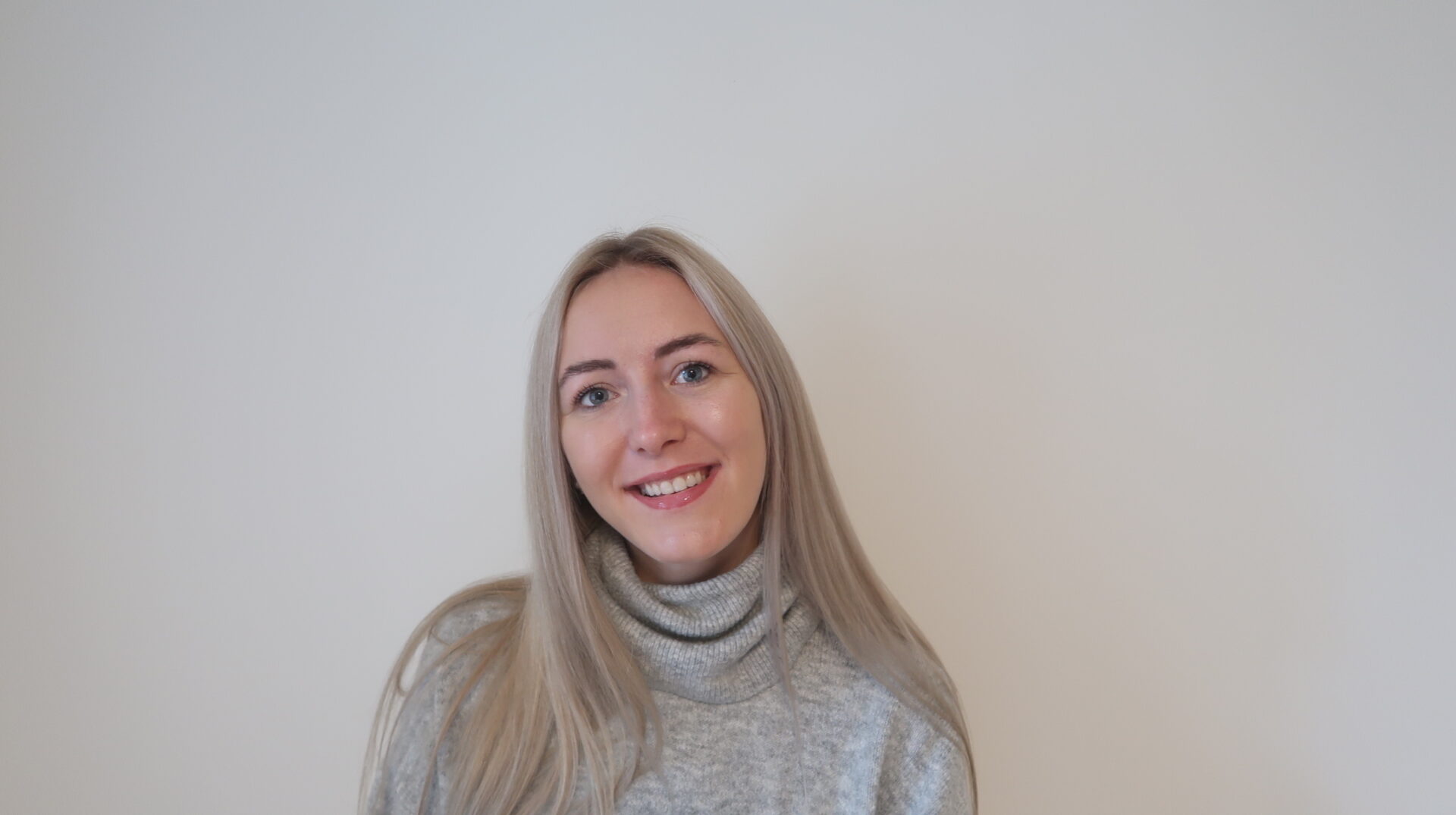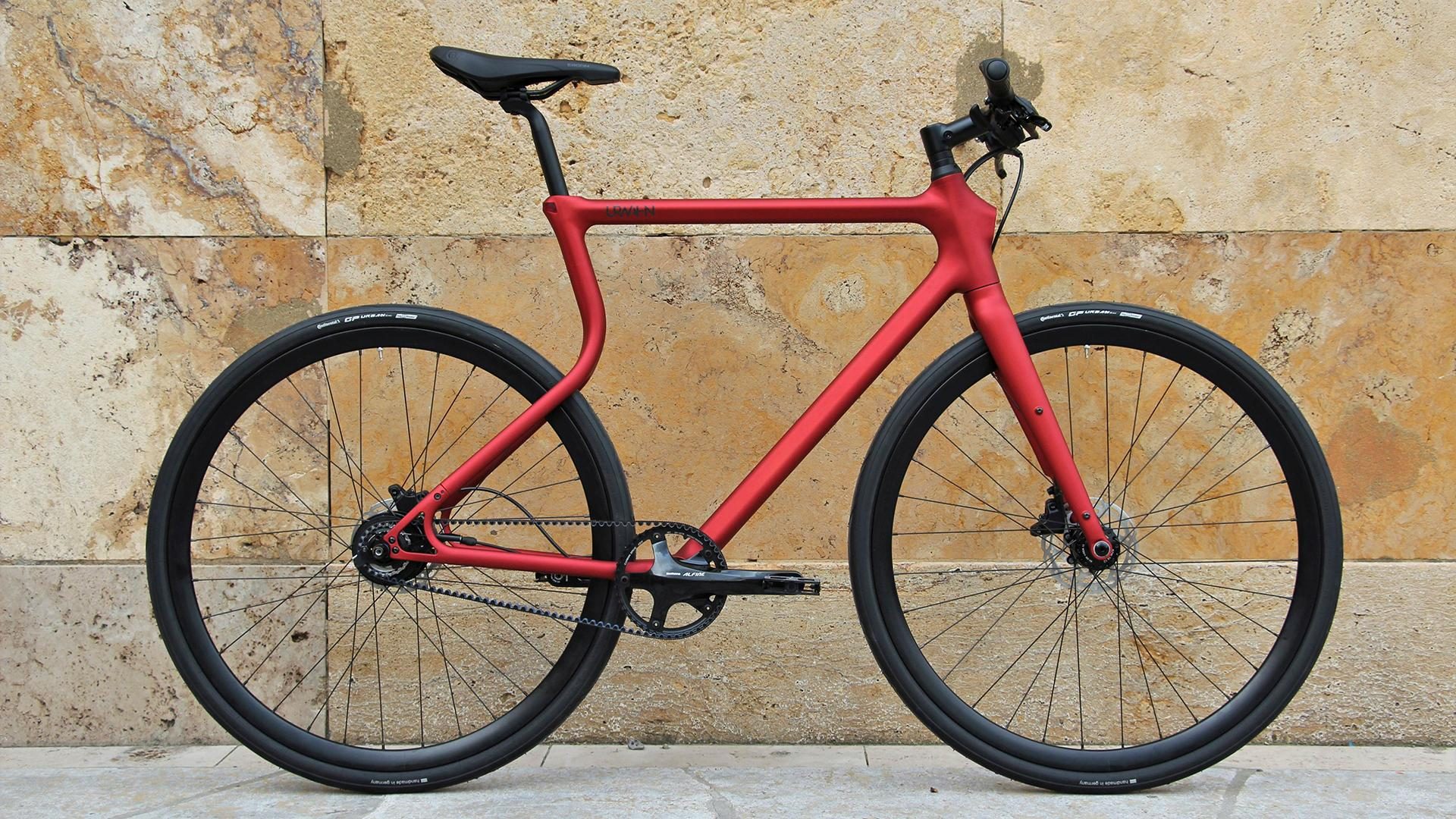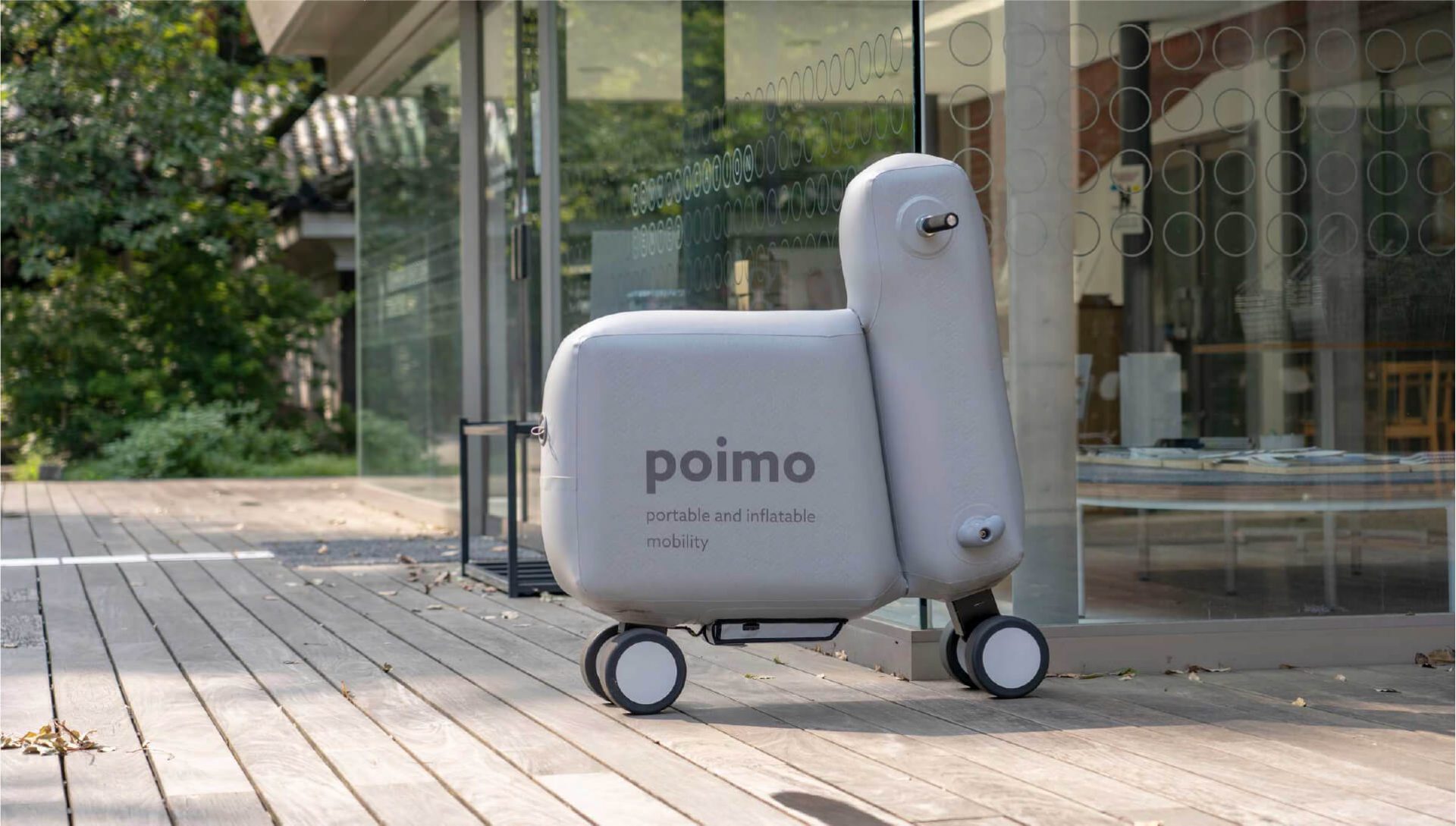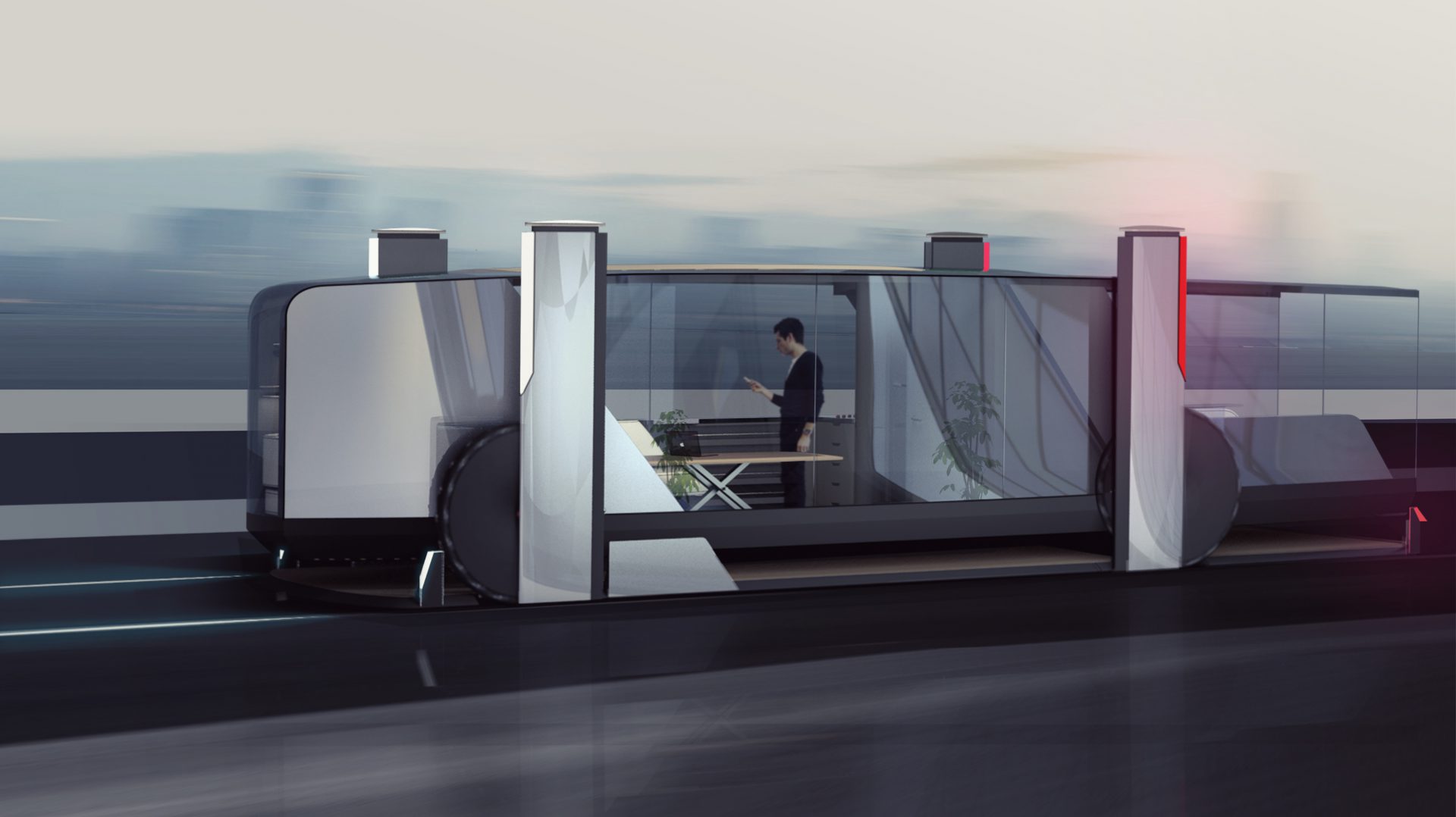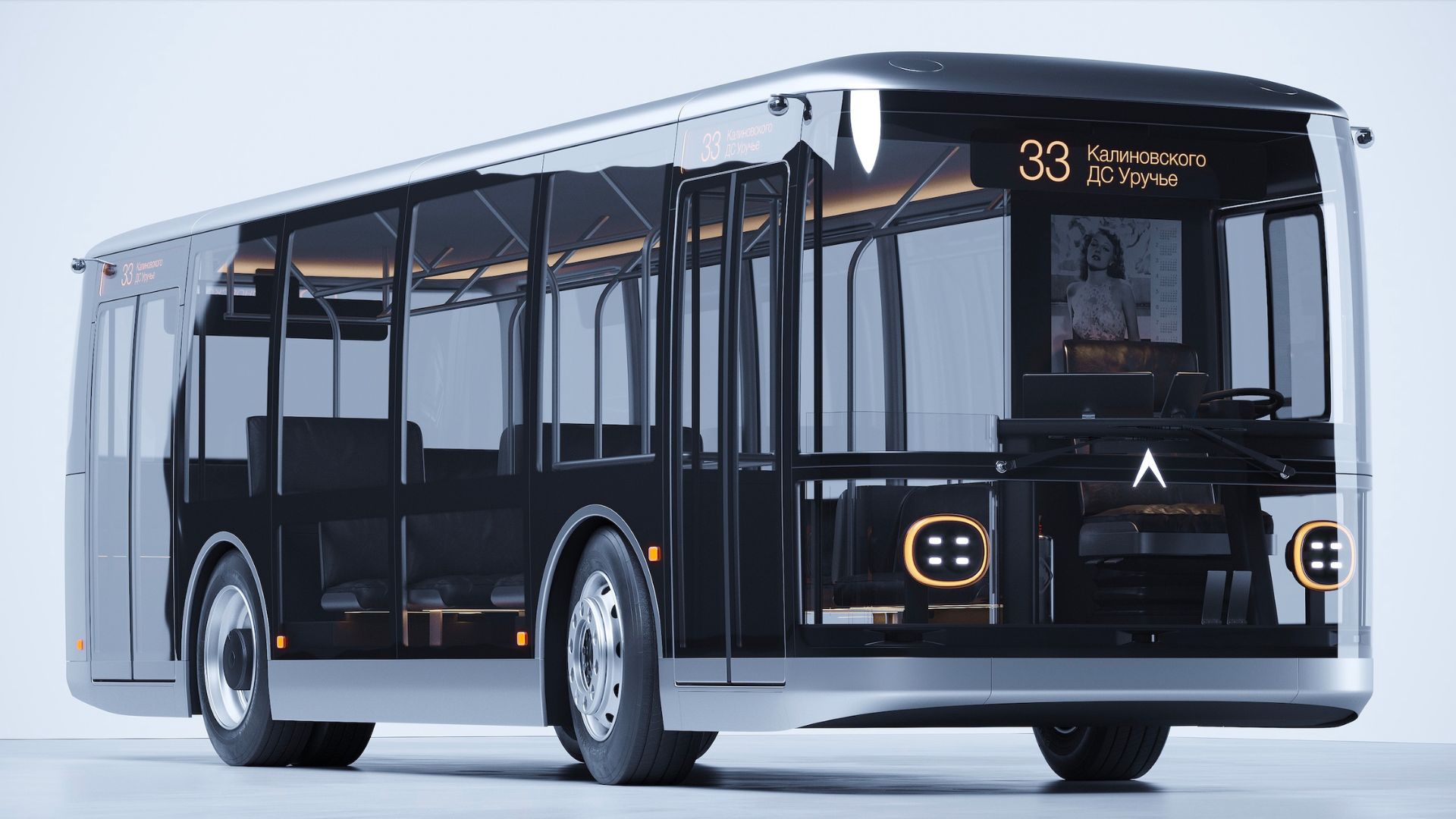10 awe-inspiring driverless cars changing our future personal mobility
Future cars won’t just provide a means for moving around – they will become your everyday companion
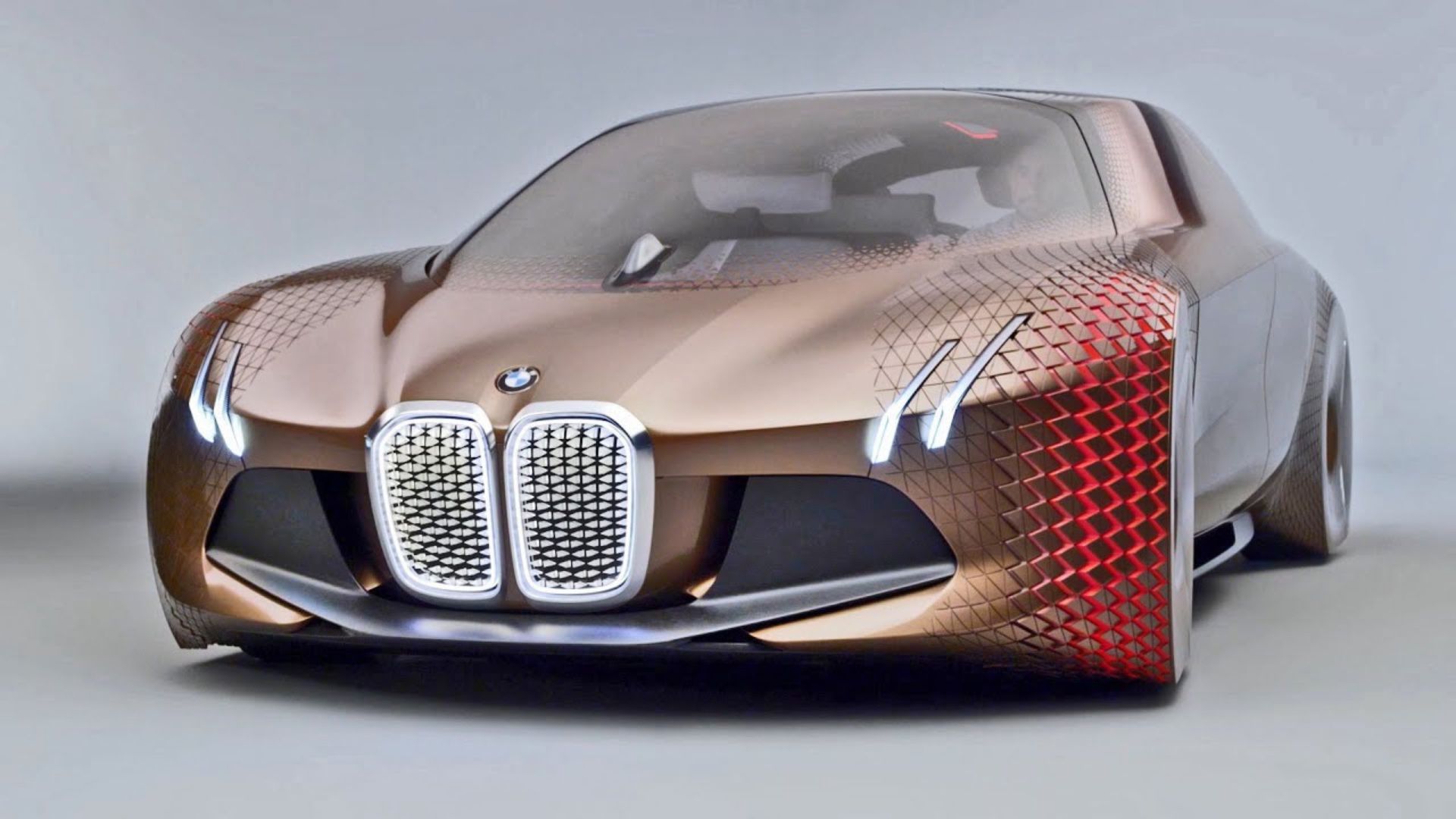
There was a time when no one could imagine driverless cars would ever exist. But gradually, what we once thought was impossible has become a reality. The first autonomous cars are now commercially available.
Although Leonardo da Vinci developed the self-propelled carriage in the 15th century, it was in the 20th century that the concept was realized. When Google announced in 2009 that it would start researching unmanned cars, the idea became even more attractive.
Currently, several well-known companies are looking into developing semi-autonomous and fully driverless cars, which could result in significantly fewer traffic accidents.
Here’s a look at the 10 most innovative driverless cars:
Noah driverless hospital by Beencent Oh
Korean designer Beencent Oh’s concept for a driverless hospital called Noah is described as a primary care center that aims to give people another access point to doctors and hospitals.
With the design team, Oh wanted to find a way to relieve the pressure doctors experience on a daily basis, dealing with customer service. So, as a solution, the designer offers a private and easily accessible place to receive medical care.
Inside this unmanned hospital, the car’s interior is made of soft textiles in shades of grey, which creates a calming space where users can relax during their treatment. Once inside the driverless car, Noah can read body temperature and heart rate to determine a person’s primary health condition.

AI-generated Apple Car
You know Apple for their computers and smartphones. Perhaps, in the future, its name will also be associated with cars. The project you can see in the photo is the creation of the Dall-E 2 neural network. In response to a text request from San Francisco industrial designer John Mauriello, it created a hypothetical Apple Car.
Mauriello wanted to see a minimalist sports car inspired by the MacBook and Magic Mouse. He then uploaded the request to DALL-E 2, an artificial intelligence system that can generate realistic images from text descriptions.
While an Apple Car doesn’t exist yet, the company is rumored to be working on a fully autonomous self-driving vehicle, which should go further than any other car manufacturer has managed to do up till this point.

Self-driving taxi by Waymo
Right now, driverless cars and autonomous vehicles are often associated with Waymo – a leader among the top manufacturers of autopilots for cars. The project is the work of technology giant Google. Since 2009, the company has been developing technologies for unmanned vehicles. The impact of these developments goes beyond technology or vehicle design.
When society no longer needs to build and park its cars, people won’t need traditional parking spaces, freeing up large areas in many cities. Suppose services like Waymo can replace most private vehicles. In that case, this empty urban space could be an opportunity for designers and architects to fundamentally change the look and quality of streets.

Nissan IDS
Unmanned driving and zero emissions are at the core of Nissan IDS. Artificial intelligence built into the onboard computer is fully responsible for driving safety. Using just voice and gestures, it’s possible to control the entire car.
What distinguishes Nissan IDS from other concepts is that its “Piloted Drive” autonomous driving mode remembers and replicates a specific person’s driving style. Interestingly, the car’s interior can also change depending on the chosen driving mode.

Concept-i by Toyota
Imagine a car that uses voice, light, and holograms to dialogue with humans. This is what Concept-i by Toyota is capable of. The constantly self-learning artificial intelligence can adjust to the driver, change the climate, switch settings, and recognize a person’s emotional state.
Moreover, the car can also display some words on its side doors. Impressive, isn’t it?

Vision Next 100 by BMW
A car is not only a means of transportation – it can also be a companion to the owner. This is what the concept of BMW Vision Next 100 is based on. When used in fully-autonomous Ease Mode, the car will take over all driving duties.
Along the way, the elegant driverless cars inform their passengers about all the important route updates and road conditions. Like a cherry on top is its projection screen, installed in the cabin.

Tesla Model S and Model X
When you think of futuristic design, Tesla is certainly the company that pops into your mind. Because their technology is some of the most advanced, cars designed by Tesla are constantly getting better.
The company first began commercializing autopilot capabilities in its cars in 2015. Since then, it has often been given the title of leading autonomous vehicle manufacturer.
However, regardless of Elon Musk’s claims, Tesla’s operating instructions explicitly state that “autopilot” requires drivers to have their hands on the steering wheel ready to take control at all times. Still, that doesn’t take away from the fact its autopilot feature is incredibly powerful and can be used almost anywhere.
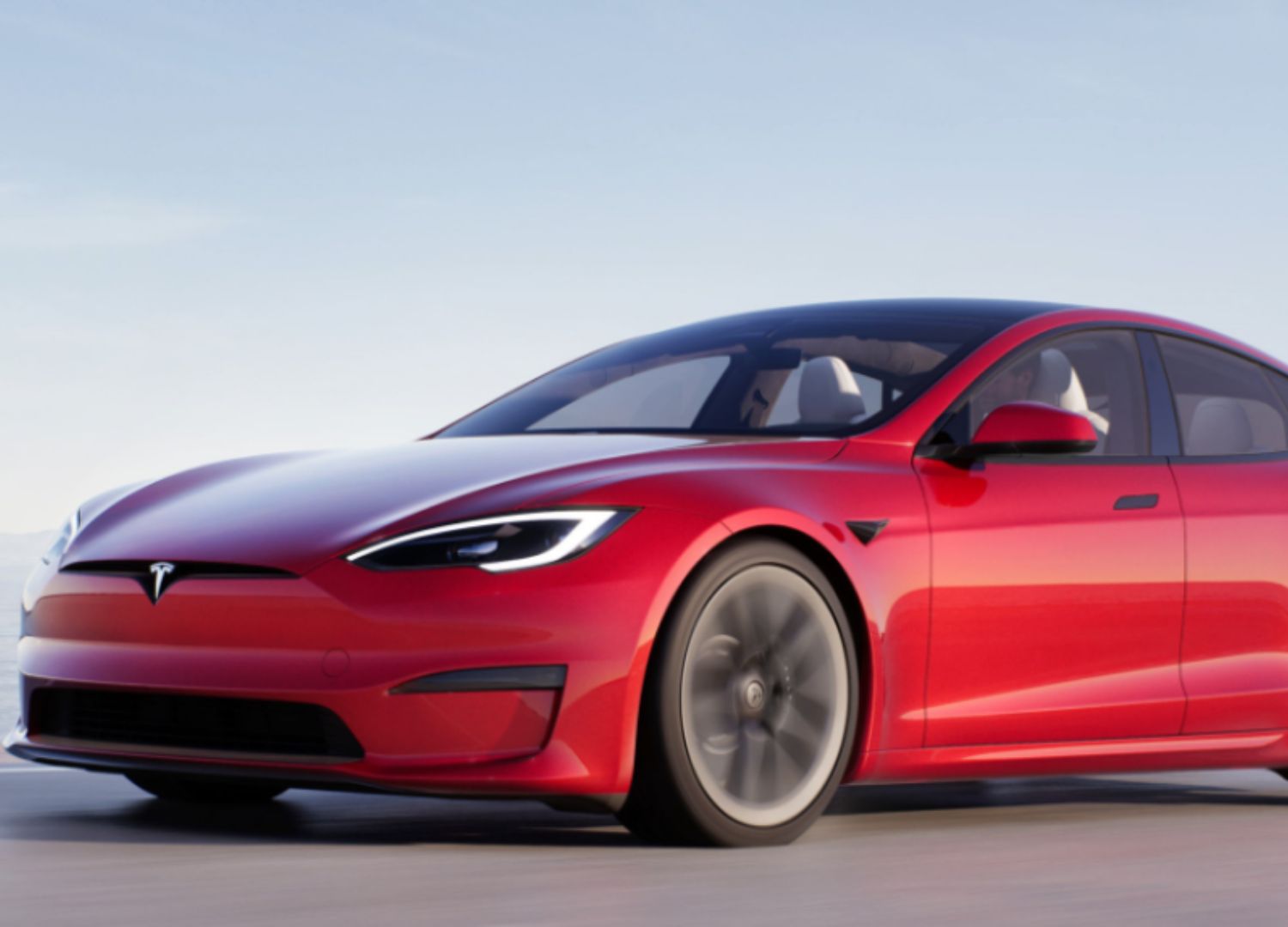
Island by Ponti Design Studio
The pandemic has changed our lives in more ways than one. It has also opened the way for autonomous car development. Ponti Design Studio has created a concept for an autonomous double-decker streetcar with radial interior design.
The goal of the project was to encourage Hong Kong residents to return safely to public transportation after the coronavirus pandemic. The product development firm, founded by Hong Kong-based Italian designer Andrea Ponti, wanted to offer a modern approach to existing public transportation.
Something that would better suit a post-19th century world where preventing future pandemics is critical. This, of course, is especially important in the densely populated city of Hong Kong, where social distance is difficult to achieve.
When using electric and driverless technology, more space is left inside the streetcar, making it easier for passengers to distance themselves socially.

Morphoz by Renault
Not so long ago, Renault presented an unusual concept crossover – Morphoz. It is not just a show car. The prototype is built on a promising platform, which the company will use in the future.
A unique feature of Renault Morphoz is the fact its body and wheelbase length can vary from 4.4 and 2.73 meters in city mode to 4.8 and 2.93 meters in country mode. This makes it a great example of the adaptability of cars in the future.
Renault’s car’s interior is no less impressive: the front seat can be easily turned upside down, and in “travel” mode, the rear seats automatically move back and increase legroom. The third-level autopilot, which Morphoz is also equipped with, allows the driver to distract himself from the road and entrust the control to electronics.

Project Vector by Jaguar Land Rover
More and more people are predicted to move to cities in the future. However, limited parking spaces and congestion will make owning and driving a car inconvenient. Automakers understand this and have come to a consensus on a solution: self-driving shuttles that move around the city.
The British automaker’s design is Project Vector, a battery-powered self-driving shuttle that can be purchased for deployment in cities. It is just over 13 feet long and versatile enough to deliver goods or passengers.

Driverless cars – what’s next?
By 2035, unmanned cars could account for up to 25% of all vehicles sold worldwide. Their active use will lead to a 60% reduction in the car fleet in cities, an 80% reduction in exhaust fumes, and a 90% reduction in road accidents. It’s clear that driverless cars are the future. The tricky part will be choosing just one, as they all look good!


